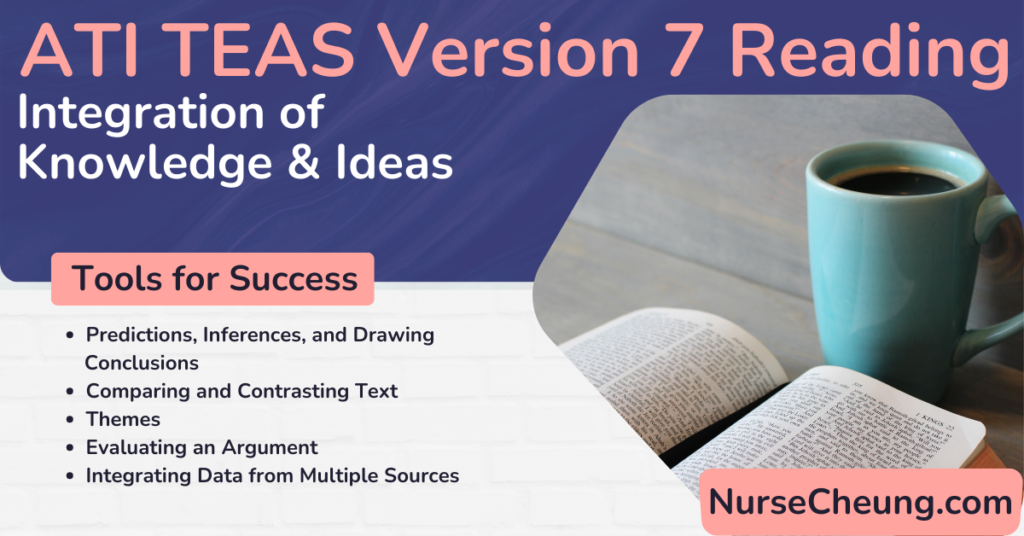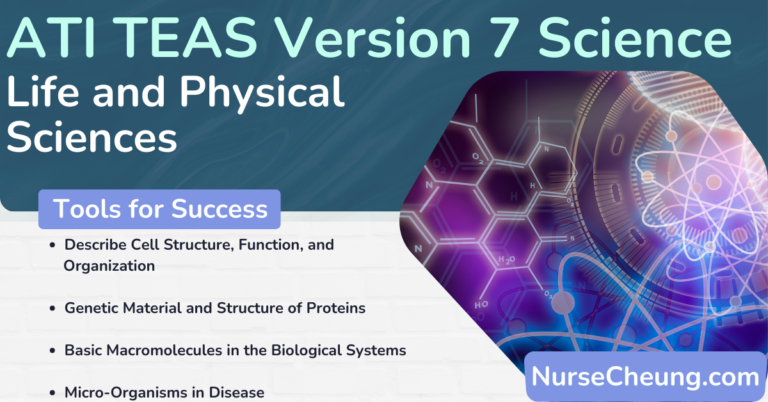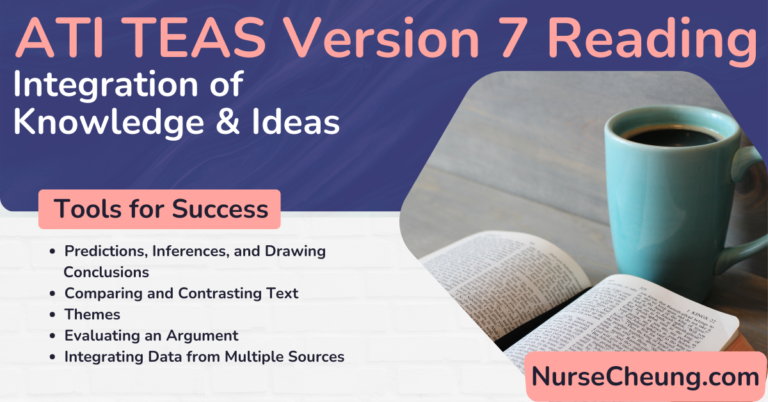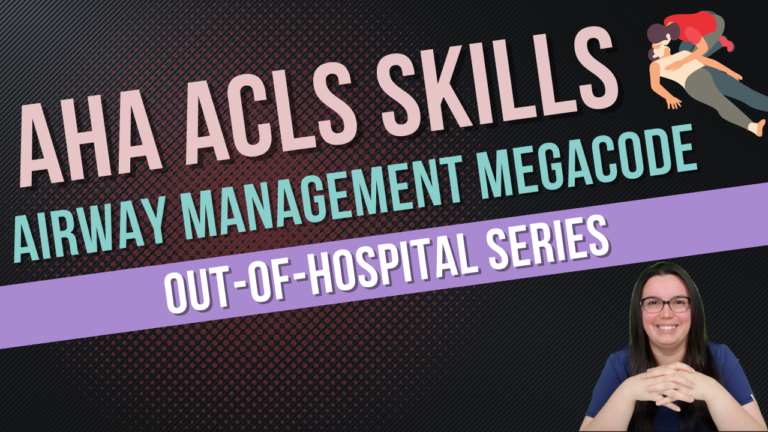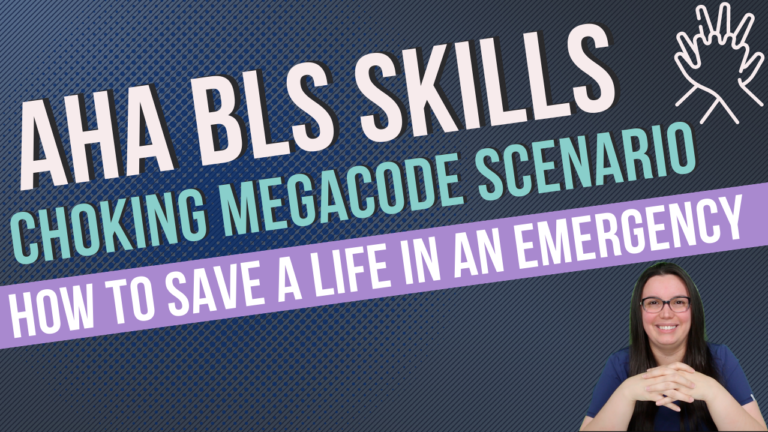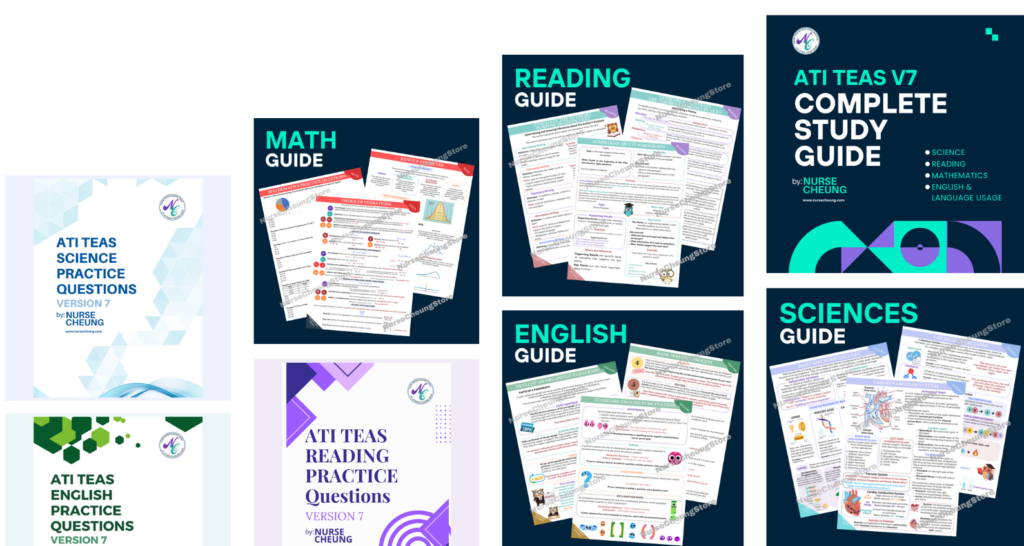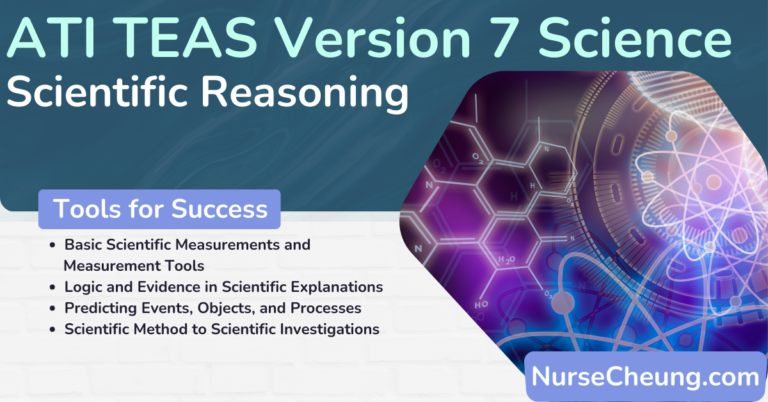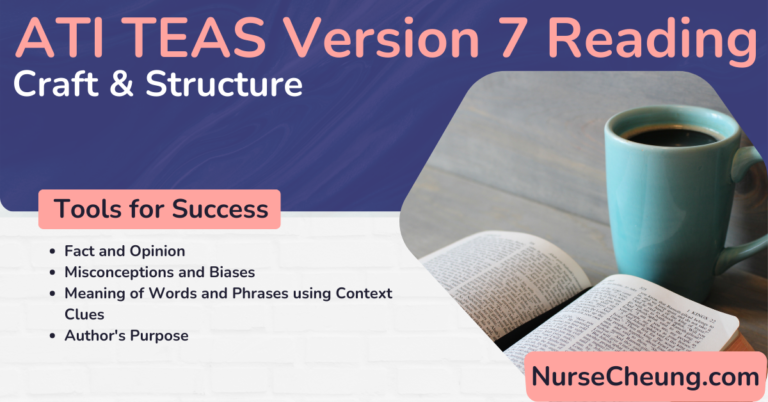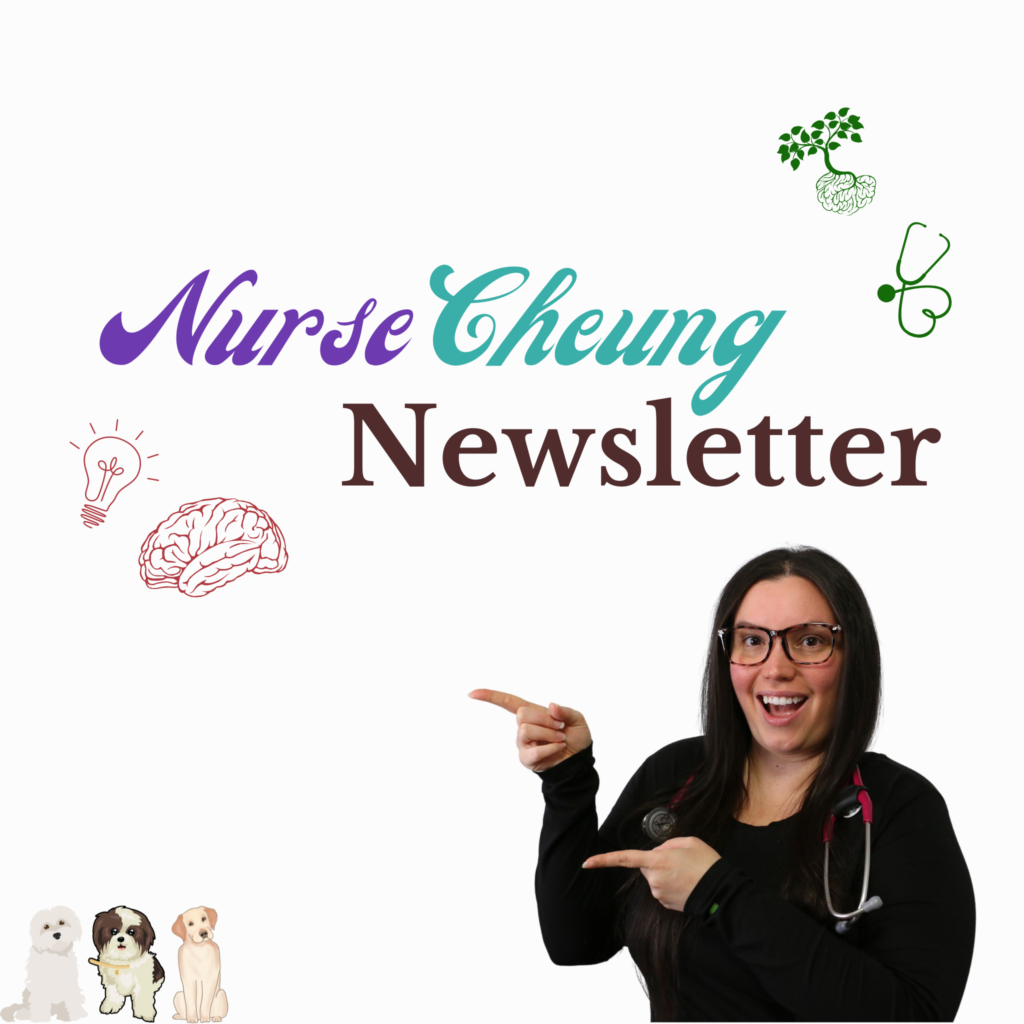ATI TEAS Reading is a section on the test that assesses a test taker’s ability to read, understand, and integrate knowledge from various sources. The reading passages can be dense and difficult to comprehend, but with the right preparation, it is possible to score well on this section of the test.
In this blog post, we will discuss some tips and strategies for mastering ATI TEAS Reading.
Objectives for Integration of Knowledge and Ideas
Total scored items on ATI TEAS: 15 questions out of 39
Using Evidence from the Text to make Predictions, Inferences, and Draw Conclusions
Citing Evidence from the Text
Effective authors cite evidence and resources to support their ideas about a text.
When you are taking the ATI TEAS, be on the lookout for how an author supports his or her claims. Skim the passage to find out what resources the author uses. These could be statistics, expert opinions, or examples from the text itself. After you have identified the evidence being used, ask yourself whether or not it is effective.
An effective piece of evidence should be:
- believable
- relevant
- specific
If the evidence meets all three of these criteria, then it is likely that the author’s claim is valid.
If you are having trouble finding evidence to support a claim, try looking for keywords and phrases such as “according to,” “for example,” or “in conclusion.” These words and phrases will help you to identify where the author is making a claim and what evidence he or she is using to support it.
Now let’s practice finding evidence in a passage. Read the following passage and answer the questions that follow.
According to a study by the National Education Association, students who receive homework help are more likely to succeed in school. The study found that homework help can improve a student’s grades and increase their chances of graduating from high school.
What evidence does the author use to support the claim that homework help can improve a student’s grades?
The author uses a study by the National Education Association to support the claim that homework help can improve a student’s grades. This study found that homework help can improve a student’s grades and increase their chances of graduating from high school.
Making Predictions from the Text
In order to make predictions about what will happen next in a story, you need to be able to understand the events that have already taken place. This means that you will need to be able to identify the main idea of the passage as well as the supporting details. The main idea is typically what the passage is about, while the supporting details are the specific facts and examples that help to explain the main idea.
Once you have identified the main idea and supporting details of the passage, you can begin to make predictions about what will happen next. To do this, you will need to use your prior knowledge and experience to make inferences based on the information in the passage.
For example, let’s say you are reading a passage about a character who is lost in the woods. The character has been walking for hours and has not seen any sign of civilization. Based on this information, you can infer that the character is likely to be tired and hungry. You can also predict that the character will continue to walk until he or she finds a way out of the woods.
Now let’s practice making predictions from a passage. Read the following passage and answer the questions that follow.
The sun was setting, and the sky was turning a deep red. John had been walking for hours, and he was starting to feel tired. He had been following the river upstream, but it was getting harder and harder to see the path.
What can you predict will happen to John?
You can predict that John will continue to follow the river upstream until he finds a way out of the woods. He will likely be tired and hungry by the time he finds a way out. He may also have to spend the night in the woods if he cannot find a way out before it gets dark.
Drawing Conclusions from the Text
In order to draw conclusions from a text, you need to again be able to understand the main idea and supporting details of the passage. You will also need to be able to make inferences based on the information in the passage.
A conclusion is a statement that you make about something after you have analyzed the information that you have. In order to draw a conclusion, you will need to look at all of the evidence and decide what it means.
For example, let’s use the same example from before about a character who is lost in the woods. The character has been walking for hours and has not seen any sign of civilization. Based on this information, you could conclude that the character is in a remote area.
Now let’s practice drawing conclusions from a passage. Read the following passage and answer the questions that follow.
The sun was setting, and the sky was turning a deep red. John had been walking for hours, and he was starting to feel tired. He had been following the river upstream, but it was getting harder and harder to see the path.
What conclusion can you draw about John’s location?
You can conclude that John is in a remote area. He has been walking for hours and has not seen any sign of civilization. This means that he is likely far away from any towns or cities.
Compare and Contrast the Themes expressed in the text
Identifying a Theme
A theme is the central idea or message of a text. It is what the author is trying to communicate to the reader. Themes can be stated or implied.
To identify the theme of a text, you need to look at the evidence in the text and decide what it all means.
For example, let’s say you are reading a text about a character who is trying to decide whether or not to go to college. The character is considering the pros and cons of going to college. The evidence in the text supports the idea that the character is trying to make a decision about whether or not college is worth it.
The theme of the text would be “making decisions.” The author is trying to communicate to the reader that making decisions is difficult, and sometimes you have to weigh the pros and cons of your options.
To identify a theme, you must pay close attention to the story elements including narration, setting, characters, dialogue, and plot.
- Narration is the way the story is told. The narrator is the person telling the story. The narrator can be a character in the story or an omniscient third party.
- Setting is the time and place of the story. The setting can influence the events that take place in the story thus enhancing the overall plot.
- Characters are the people or animals in the story. The development of the characters can reveal information about the theme of the story.
- Dialogue is the conversation between the characters. The dialogue can also provide information about the theme of the story.
- Plot is the sequence of events that take place in the story.
Let’s practice identifying themes in texts. Read the following passage and answer the questions that follow.
The sun was setting, and the sky was turning a deep red. John had been walking for hours, and he was starting to feel tired. He had been following the river upstream, but it was getting harder and harder to see the path.
What is the theme of the passage?
The theme of this passage is “perseverance.” John has been walking for hours, and he is starting to feel tired. He has been following the river upstream, but it is getting harder and harder to see the path. Even though it is difficult, John continues to walk upstream. This shows that he is a determined and persevering individual.
Similarities and Differences across Themes
Now that you know how to identify themes in texts, let’s practice comparing and contrasting the themes expressed in two texts.
Read the following passages and answer the questions that follow.
Passage A
The sun was setting, and the sky was turning a deep red. John had been walking for hours, and he was starting to feel tired. He had been following the river upstream, but it was getting harder and harder to see the path.
Passage B
Mary was walking home from school when she saw a kitten stuck in a tree. The kitten was meowing and looked scared. Mary climbed the tree and rescued the kitten.
What is the theme of passage A?
The theme of passage A is “perseverance.” John has been walking for hours, and he is starting to feel tired. He has been following the river upstream, but it is getting harder and harder to see the path. Even though it is difficult, John continues to walk upstream. This shows that he is a determined and persevering individual.
What is the theme of passage B?
The theme of passage B is “compassion.” Mary sees a kitten that is stuck in a tree and scared. Even though it is not her responsibility, Mary decides to help the kitten. This shows that she is a compassionate person.
How are the themes of passage A and passage B similar?
The themes of passage A and passage B are similar because they both deal with characters helping others. In passage A, John is helping himself by walking upstream. In passage B, Mary is helping the kitten by rescuing it from the tree.
How are the themes of passage A and passage B different?
The themes of passage A and passage B are different because of the motives of the characters. John is walking upstream because he wants to get to the other side. Mary is rescuing the kitten because she wants to help it. John is helping himself while Mary is helping someone else.
Evaluate an Argument
Identify Claims and Counterclaims
When you are evaluating an argument, it is important to be able to identify the claims and counterclaims. The claim is the main argument that the author is trying to make. The counterclaim is the argument that goes against the claim.
For example, let’s say that the author’s claim is “global warming is real and caused by human activity.” A counterclaim to this could be “global warming is not real, or it is not caused by human activity.”
What are the three steps you should take when evaluating an argument?
In evaluating arguments, you want to identify the author’s topics. Second, you want to ask yourself about the claim or opinion being expressed in the topic. Lastly, you want to ensure that the author also addresses counterclaims for that topic.
If addressing the counterclaims does not exist, then the text is overall week and credibility is lost with the audience.
Evaluating Sources and Evidence
When you are evaluating an argument, it is important to be able to identify the sources and evidence. The source is the person, book, article, or website that the author is using to support their claim. The evidence is the specific information from the source that supports the claim.
For example, let’s say that the author is using a book to support their claim. The source would be the book, and the evidence would be a specific quote or statistic from the book.
Examples of sources can include peer-reviewed, primary source, secondary, and tertiary sources.
- Peer-reviewed is defined as published articles that have been evaluated and analyzed by experts on the topic.
- Primary Source is defined as an original document or firsthand account. An example of a primary source is a letter written by Abraham Lincoln.
- Secondary Source is defined as a document or account that interpretes or analyzes an event. Also known as a secondhand account of the events. An example of a secondary source is a biography of Abraham Lincoln.
- Tertiary Source is defined as a document or account that compiles, organizes and summarizes a primary and secondary source. An example of a tertiary source is an encyclopedia.
When you are looking at sources, it is important to consider the credibility, accuracy, objectivity, and bias.
Analyzing Rhetorical Devices
Rhetorical devices are words or phrases that are used to persuade the audience. They are used to help the author make their point. There are three types of rhetorical devices: logos, ethos, and pathos.
- Logos is defined as an appeal to logic. It is a way of convincing the audience with facts and reason.
- Ethos is defined as an appeal to ethics. It is a way of convincing the audience with the author’s credibility.
- Pathos is defined as an appeal to emotion. It is a way of convincing the audience by making them feel an emotional connection to the author or the topic.
An example of a logos would be if the author said “according to a study by the CDC,” this is an appeal to logic because they are using a credible source to back up their claim.
An example of ethos would be if the author said “I have been studying this topic for 20 years,” this is an appeal to ethics because they are trying to show the audience that they are credible.
An example of pathos would be if the author said “imagine how you would feel if you were the one affected by this,” this is an appeal to emotion because they are trying to make the audience feel empathy.
Evaluating and Integrating Data from Multiple Sources Across Various Formats
Selecting Relevant Data to Analyze
When you are evaluating data, it is important to select relevant data. This means that you want to choose data that is related to your topic.
For example, if you are writing about the effects of global warming, you would want to select data that is about the effects of global warming.
You also want to make sure that you select data from multiple sources. This will help you to get a more well-rounded view of the topic.
Analyzing Data Sources
Once you have selected the relevant data, you will want to analyze it. This means that you will want to look at the data and see what it is saying.
You will want to look at the data and see if there are any patterns. For example, if you are looking at data about the effects of global warming, you might notice that the effects are more pronounced in certain areas.
You will also want to look at the data and see if there are any trends. For example, if you are looking at data about the effects of global warming, you might notice that the effects are getting worse over time.
Two forms of data are quantitative and qualitative data.
- Quantiative data is data that can be measured. For example, the temperature of the earth’s atmosphere.
- Qualitative data is data that cannot be measured. For example, the effects of global warming on the environment.
Organizing Data from Various Sources
Once you have analyzed the data, you will want to organize it. This means that you will want to put the data into a format that is easy to understand.
One way to do this is to create a table or chart. This will help you to see the data in a more visually appealing way.
Another way to organize the data is putting the key topics in chronological order. This will help you to see the data in a more linear way.
Last way to organize data is by priority. Claims and evidence can be classified by low priority, validity, or usefulness.
- Low priority claims are those that are not essential to the argument. They can be cut without affecting the overall argument.
- Valid claims are those that are supported by evidence.
- Useful claims are those that help to support the argument and are relevant to the topic.


